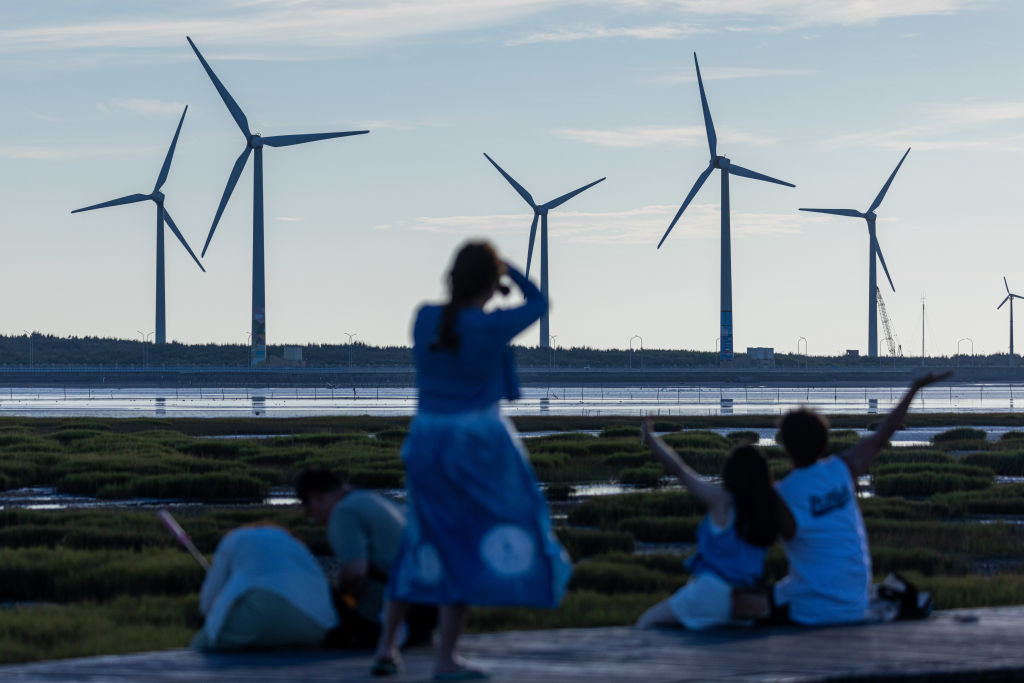While southeast Asia’s demand for energy is set to exceed that of the EU, it carries a risk of CO2 emissions growing even faster, a report warns.
Southeast Asia is on course to account for a quarter of the world’s energy demand growth between now and 2035, second only to India and more than double the region’s growth since 2010.
Further, by mid-century, energy demand in the region is set to overtake that of the European Union. That also means that energy-related carbon dioxide (CO2) emissions are set to increase by 35 percent over the same period.
That’s according to a new International Energy Agency (IEA) report that looks at projected consumption in the region. It says that the pace of growth will pose challenges for southeast Asia’s energy security and efforts to achieve national climate goals.
The growing use of air conditioning amid more frequent heatwaves will drive increased electricity consumption, with demand predicted to surge at an annual rate of 4 percent.
By 2035, clean energy sources such as wind and solar, alongside modern bioenergy and geothermal, are projected to meet more than a third of the growth. This is an improvement on the past, but not enough to counteract the raised CO2 emissions.The report finds that achieving the national and regional goals that align with the outcomes of the COP28 climate change conference would mean halving today’s emissions by 2050.
Currently, eight of the 10 member economies of the Association of Southeast Asian Nations (ASEAN)—which are among the world’s fastest growing—have net zero emissions targets.
“Southeast Asia is one of the most economically dynamic regions of the world and is set to account for a quarter of the growth in global energy demand over the next decade as its population, prosperity, and industries expand,” said IEA Executive Director Fatih Birol.
“Countries in the region have a diverse mix of energy sources, including highly competitive renewables. But clean energy technologies are not expanding quickly enough and the continued heavy reliance on fossil fuel imports is leaving countries highly exposed to future risks.
“Southeast Asia has made great progress on issues such as energy access, clean cooking and developing clean energy manufacturing, but now it must ramp up efforts to deploy those technologies at home.”
The report highlights how accelerating clean energy transitions has created 85,000 jobs since 2019 and has the potential to expand clean energy technology manufacturing and critical minerals processing.
For example, with its vast nickel reserves, Indonesia is a major producer of lithium-ion batteries and components. Vietnam, Thailand, and Malaysia are the largest manufacturers of solar photo-voltaic (PV) systems after China. And Singapore, the world’s largest bunkering port, can play a critical role in efforts to reduce emissions from shipping through fuels such as ammonia and methanol.
The IEA believes international cooperation through organisations such as ASEAN will be essential to progress secure, clean energy transitions during escalating geopolitical tensions.


 简体中文
简体中文 繁體中文
繁體中文 English
English 日本語
日本語 ไทย
ไทย Tiếng Việt
Tiếng Việt